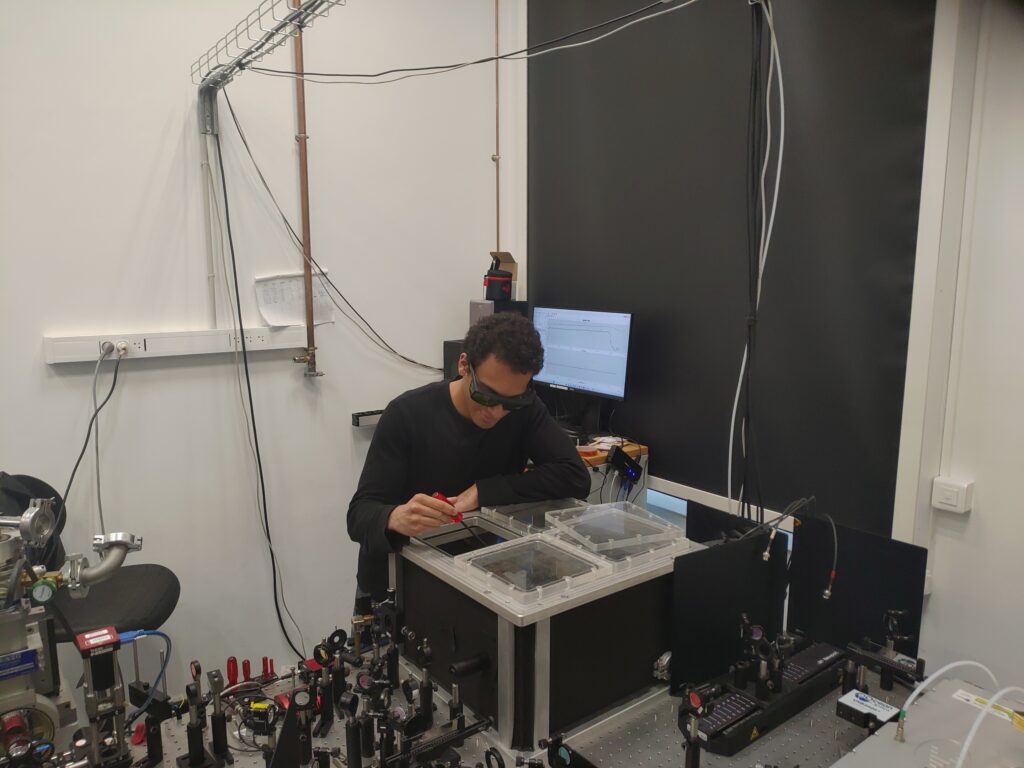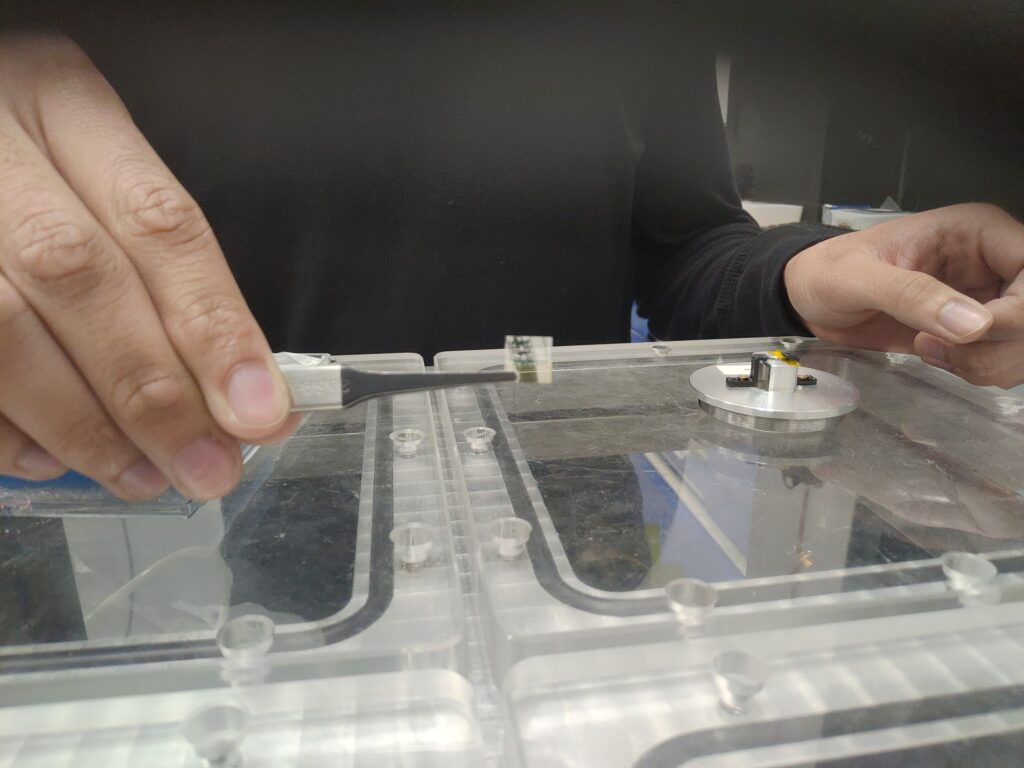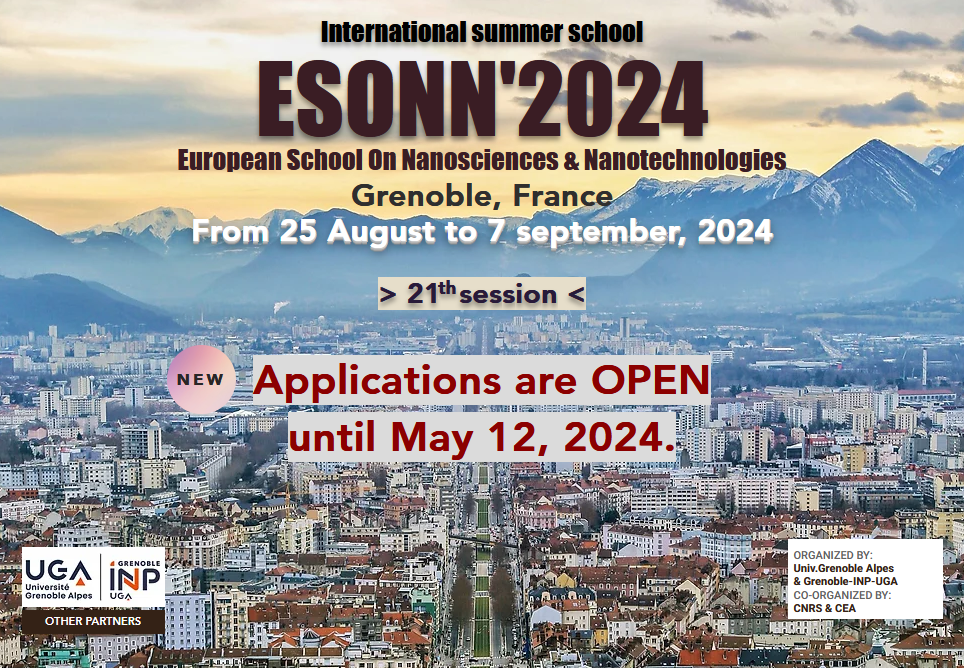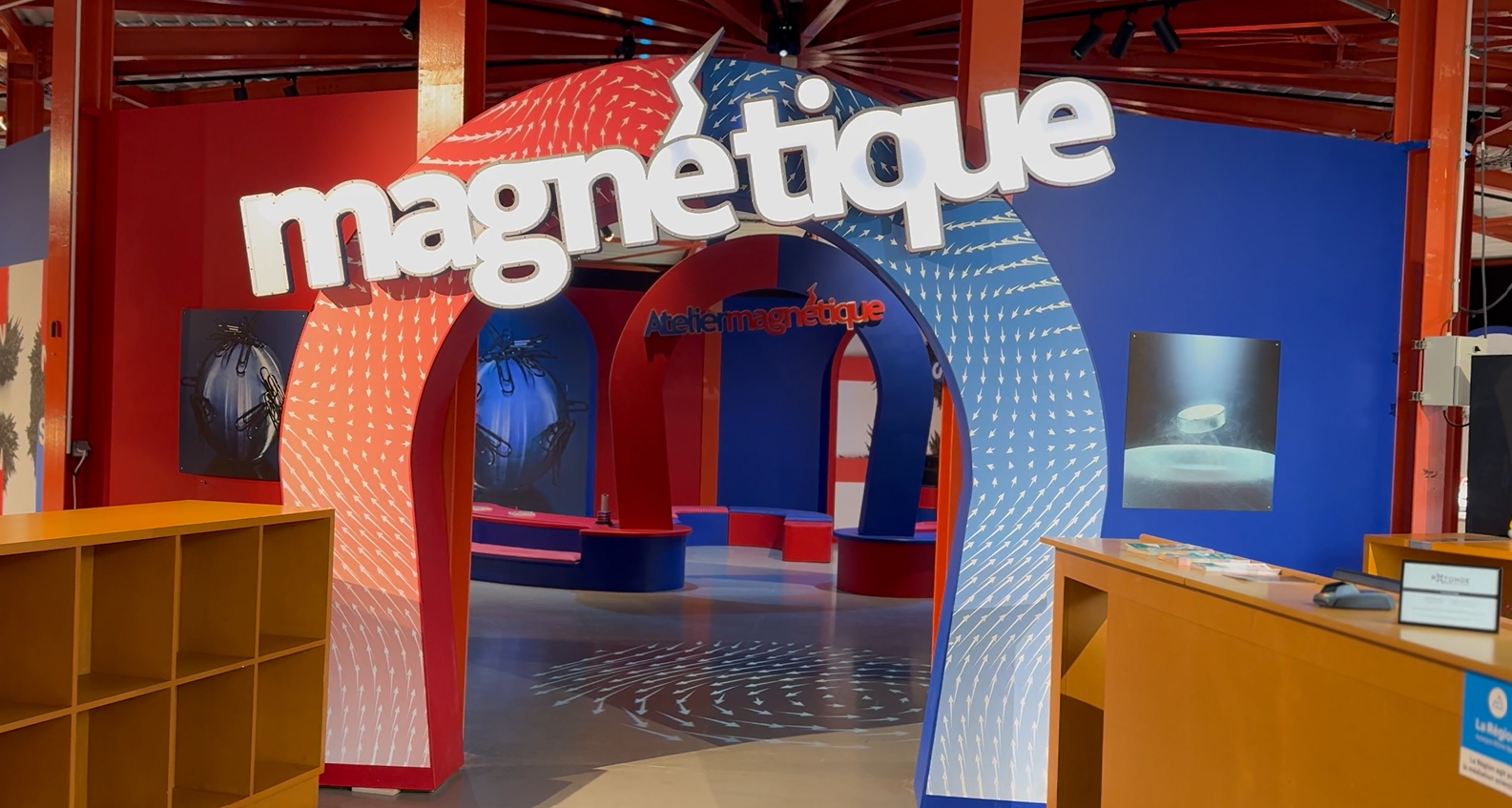#Lepapierdumois de mai : “Spintronic terahertz emitters with integrated metallic terahertz cavities”
Martin Micica at LPENS and his collaborators from the TOAST project, which is focused on developing spin-based terahertz technology, introduce a new method to enhance THz emission from spintronic terahertz emitters (STEs). Here’s an explanatory excerpt from the paper published on March 1, 2024, titled “Spintronic terahertz emitters with integrated metallic terahertz cavities”.

Terahertz science and technology involves electromagnetic radiation within a frequency range from a few hundred gigahertz (GHz) up to 10 terahertz (THz), bridging the gap between electronics and optics. Despite its diverse applications, terahertz photonics faces challenges due to the lack of practical sources, typically limited to thermal sources or cryogenically-cooled lasers. Spintronic terahertz emitters (STEs) offer an innovative solution, utilizing ultrathin structures to generate terahertz pulses via spin-to-charge conversion. Compared to traditional terahertz emitters, STEs offer a wider spectral bandwidth and ease of fabrication, although their emitted terahertz field is limited in power.
In the article they propose a new method to improve the terahertz emission from STEs. As STEs emits terahertz pulses in both forward and backward direction at once, they use a terahertz cavity based on a metallic mirror to collect both pulses and superpose them both together, offering perspectives to more than double its electric field. To achieve this correctly, the metallic mirror needs to be in a precise location after the STE to obtain this superposition, making it possible to modulate the frequency spectrum and tune which frequencies can be increased or suppressed. They demonstrate this by using ultra-thin sapphire layers (~25µm) with the metallic mirror deposited on the back side, which together act as a quarter-wavelength cavity, and the STE on the front. By testing these new terahertz cavities in a terahertz spectrometer, they show that the emitted amplitude can be almost doubled for selected frequencies, agreeing with electromagnetic modelling of the structure. These proof-of-principle of STE based terahertz cavities can be improved, where the developed simulations tools predicting further improvements for thinner cavities. This approach is scalable and could also be easily combined with optical dielectric mirrors or photonic cavities to further enhance the maximum terahertz emitted fields from STEs, permitting STEs to directly impact terahertz applications.



Find the full article by clicking the button below
Contributeur.trice.s du papier : Martin Mičica (1) , Adrien Wright (1) , Pierre Koleják (2, 3, 4) , Geoffrey Lezier (2, 5) , Kamil Postava (3) , Jacques Hawecker (6) , Anna de Vetter (1) , Jérôme Tignon (1) , Juliette Mangeney (1) , Henri Jaffrès (7) , Romain Lebrun (7, 8) , Nicolas Tiercelin (2, 5) , Mathias Vanwolleghem (2, 4) , Sukhdeep Dhillon (1)


